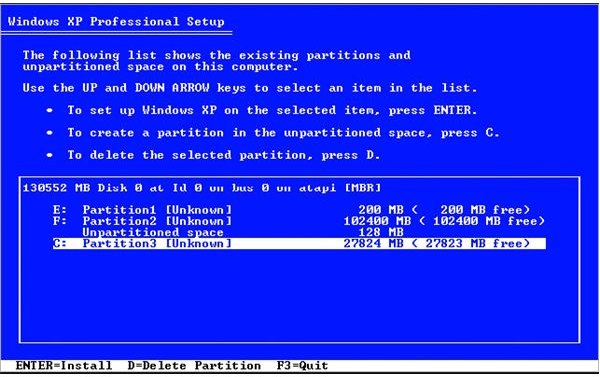

If you’re using a hard disk drive (HDD), you can skip this step and move to the next one.

Check under the “Media Type” column to view your storage device.Click to open the “Defragment and Optimize Drives” tool.Type “Defragment” into the search menu of your laptop’s taskbar.However, if you still need to confirm, follow the steps below. We believe that most people know their laptop’s storage device. This step is vital if your HP laptop’s storage device is an SSD. However, save your log-in details and product keys if you need them to sign in on your new laptop. To prevent this, sign out of all the accounts on your laptop.

If you delete it without signing out of your account, a new user might have access to it if he downloads the app on the laptop, especially if you set up your laptop to auto-fill your password. Sometimes, simply deleting files is not enough, especially if you’re dealing with paid software applications that require you to sign in with an account before you use it. To save your files to cloud storage, follow the steps below. OneDrive allows you to save up to 5 GB of files if you’re using the free version, and you can opt for the paid version if you need more space. You can set up OneDrive on your HP laptop with a Microsoft account. If your HP laptop uses Windows 10 OS, the available cloud storage is OneDrive. You can also back up your files to cloud storage. Select “Add a Drive” > “External Drive”.Click the “Backup” tab on the left panel.Connect an external drive to your HP laptop.Follow the steps below to back up your files to an external drive. You can either back up your files to an external drive or cloud storage. Therefore, it is essential to back up your files before deleting everything from your personal computer. While you don’t want the new user of your HP laptop to have access to your files, you also want to be able to recover your files in the future when you might need them. It doesn’t matter why you’re trying to delete everything on your computer you should always back up your files.


 0 kommentar(er)
0 kommentar(er)
